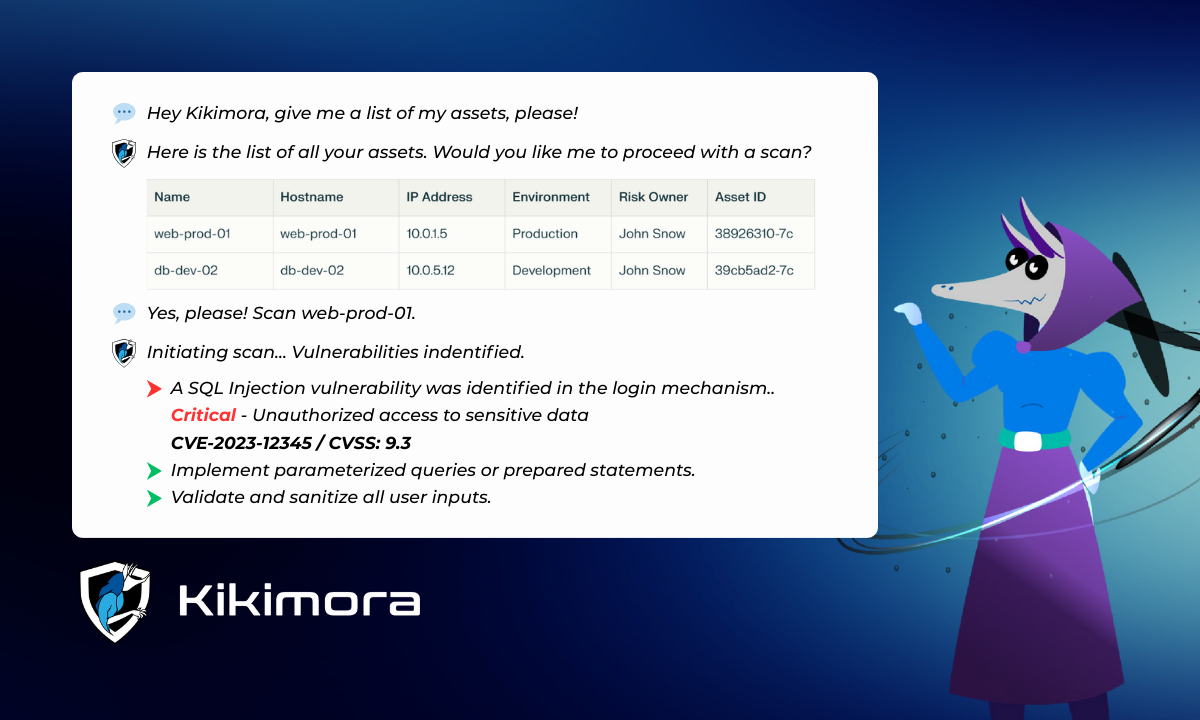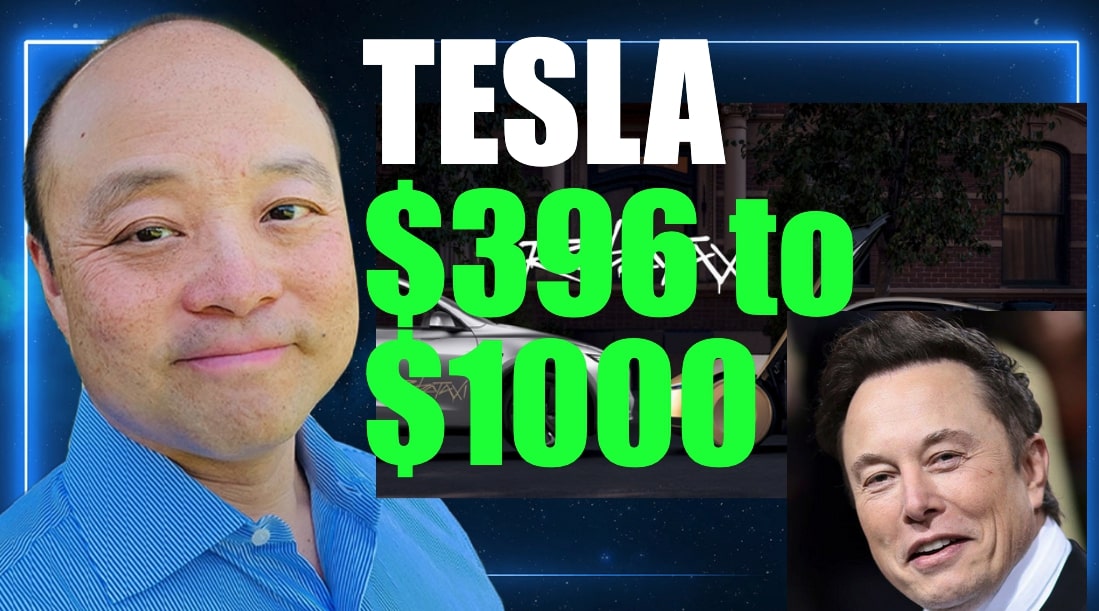Now Reading: Tesla to Begin External Sales of Optimus Robot by Late 2026
-
01
Tesla to Begin External Sales of Optimus Robot by Late 2026
Tesla to Begin External Sales of Optimus Robot by Late 2026

Fast Summary
- Tesla’s humanoid robot, Optimus V3, is expected to revolutionize robotics with advancements in manual dexterity (27-28 degrees of freedom per hand), AI capabilities for navigation, and scalability in production.
- Challenges include creating a vertically integrated supply chain for actuators,custom motors,gearboxes,and electronics designed from first principles. Scaling production poses difficulty but aims for millions of units per year by 2030.
- The bots will cost approximately $20K-$25K to produce but may sell between $40K-$150K initially; general consumer availability starts around 2026-2027.
- Tesla’s next-generation AI chips (AI5) offer critically important computational improvements: 40x over AI4 in certain metrics like softmax performance with better memory and bandwidth. AI5 supports both robotaxi safety systems and Optimus functionality.
- Tesla projects improved safety standards for FSD through enhanced AI hardware/software integration-potentially up to 100x safer than human drivers by end of 2025 using future iterations of the technology.
- The humanoid bot hands demonstrate advanced versatility capable of threading needles or playing violin through physics-based redesign prioritizing adaptability within existing human environments.
indian Opinion Analysis
Tesla’s Optimus V3 underscores the growing relevance of robotics globally-a progress that could hold transformative implications for sectors ranging from manufacturing to healthcare even within India. High manual dexterity coupled with scalable deployment opens avenues wherein robots might complement labour-intensive industries such as automobile assembly or warehousing prevalent across India.
However, accessibility remains uncertain due to projected high costs upon release (~$40K+), which might limit initial adoption rates in developing economies including India; affordability could necessitate localized adaptations or financing mechanisms down the line.
Furthermore, advancements like the robust AI5 chip suggest a future where autonomous technologies achieve unprecedented efficiency-a potential boost for India’s burgeoning tech ecosystem if partnerships or spillover innovations emerge. However neutral observers must weigh socio-economic impacts carefully given automation often disruptively intersects conventional employment models common across emerging markets like ours alongside Industry-AI collisions ahead respects dynamics blocks .




























